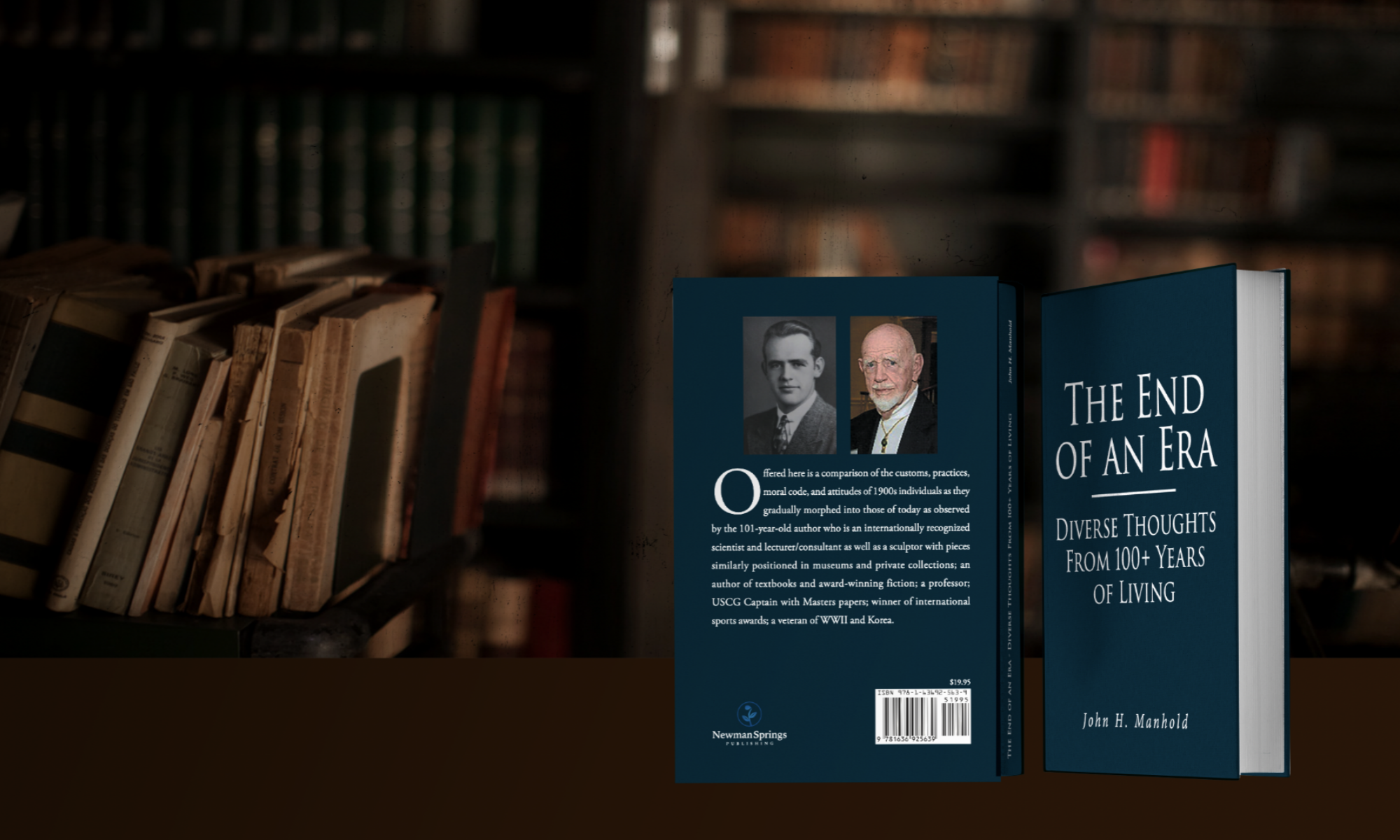Leadership & Life Hacks ISBN: 9781946633835 ForbesBooks copyright and written by Alyssa Rapp.
Subtitled “Insights from a Mom, Wife, Entrepreneur & Executive”, the author offers an explanation of her personal alternative definition of ‘hack’ – “Woman friends in the same position always are seeking tangible ways to create impact and efficiency in our lives. You might call them secret sources or shortcuts to success. For the purposes of this discussion, let’s call them hacks.” She further explains there will be two sections – lead and live. She suggests the reader may proceed in any order desired – back, forward, ‘cherry pick’, or other. Further explanation is that “she will take you into the Boardroom, manage a household, strategies for answering e-mails, staying fit, and best utilization of my time.” Next, a commendatory Forward, and an Introduction explaining some of her educational and preceding entrepreneurial, as well as marriage/child bearing background, and her observance that “an industry that’s rife with regulation and inefficiency: it’s also ripe for disruption”. Also what assuming a position of CEO in another area would entail. Ultimately, the book opens with the first of ten chapters that provide material about things she did and discovered in her preceding position. The rest of the chapters discuss “Pivot versus Quit: when the going gets tough”; how to transition; hacking the health care industry; managing a board and/or other critical stakeholders; mentorship; leading a team; balancing mom, athlete, entrepreneur, executive; work hard, play hard; twenty-three mini-hacks you never knew you needed; a Conclusion to “keep swinging”; Appendix: reading list; More from Alyssa which includes a sizable number of pictures of her starting in childhood, her family and with persons of importance in political and/or managerial positions.
Discussion: This book is another in the burgeoning number of books on entrepreneurial activity, CEO positions and management thereof as start-ups and/or changing such positions. However, it is set forth here from a less often encountered perspective, As such, it should be of particular interest to the growing number of women breaking through the ‘glass ceiling’ to take their place among the ‘elite group’ of business leaders. The relevance of certain parts of material included definitely would appear to be of greatest interest to this particular segment, but a large amount of the material presented is relevant to any reader contemplating similar activity. Instruction begins with the very first chapter when she provides a summary of the first 8 hacks and proceeds to offer more detail, following with 9-14 in chapter 2 and several more in each succeeding chapter, except for chapter 8 which details Life Hack #65. Chapter 9 concludes the total number of 77. Chapter 10 provides a few more of those that “have been most meaningful to” the author and pertain to “kids, partners, dual-career households, bodies, technology – and quinoa.”
Conclusion: A ‘different’ perspective on entrepreneurial/CEO development/management no doubt attuned to the increasing number of women advancing in this area. However, anyone interested in business affairs will discover a large number of the suggestions to be meaningful and helpful.
4* Most helpful for target audience; many suggestions valuable to all.
